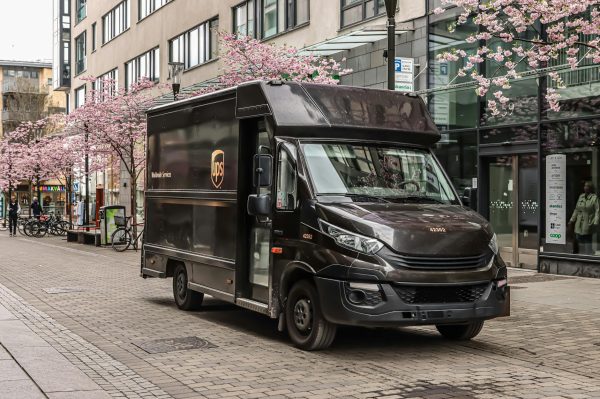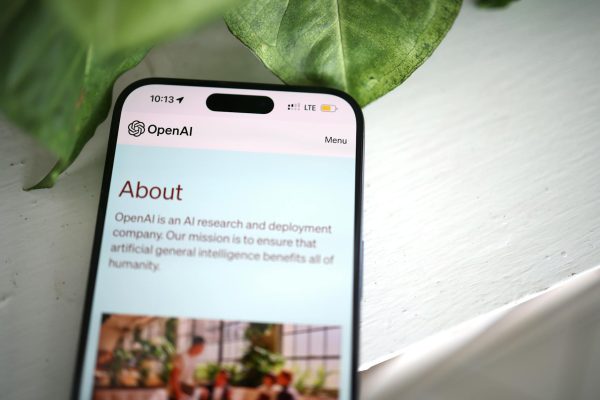Stunning: Why Subscription Models Dominate the Modern Economy
The subscription economy is everywhere. Whether you’re streaming your favorite shows, accessing software, or receiving monthly deliveries of personalized products, the subscription model has become the backbone of modern business. From Netflix to gym memberships, and from software-as-a-service (SaaS) tools to luxury car subscriptions, this shift reflects a profound change in how consumers and businesses interact. But why has the subscription model become so dominant, and what does it mean for the future of commerce?
Why Businesses Love the Subscription Model
For businesses, the subscription model is a goldmine. It creates a steady, predictable revenue stream that can be easier to manage than one-time sales. In an economy where uncertainty is the new normal, subscription services provide stability and long-term customer relationships.
One of the clearest examples is Netflix. Instead of relying on blockbuster movie releases or DVD sales, Netflix’s subscription model transformed the entertainment industry by offering unlimited access to content for a flat monthly fee. Today, the company boasts over 200 million subscribers worldwide, making it one of the most successful subscription-based businesses in history.
But Netflix is just the tip of the iceberg. The rise of SaaS companies like Salesforce, Slack, and Adobe has revolutionized how businesses operate. By offering cloud-based tools for a monthly fee, these platforms eliminate the need for upfront capital expenditures, making advanced technology accessible to companies of all sizes.
The subscription model also fosters customer loyalty. When customers pay for a service on a recurring basis, they’re more likely to engage with the product regularly, reducing churn rates. This loyal customer base creates a flywheel effect, where retained customers drive revenue growth over time.
Understanding the Psychology of Subscriptions
Consumers are just as hooked on subscriptions as businesses are. The rise of the subscription economy has tapped into fundamental human psychology.
One key factor is convenience. Subscriptions eliminate the need for repeated decision-making. With services like Amazon Prime or Spotify, users don’t have to think about what to buy or download—they just get instant access to what they need. This seamless experience is a powerful draw in a world where time is a scarce resource.
Another driver is the desire for access over ownership. In an era of minimalism and sustainability, consumers are increasingly favoring experiences and access to goods over acquiring physical products. For example, car subscription services like Clutch and Flexdrive allow users to “subscribe” to a vehicle, paying a monthly fee for access to a rotating fleet of cars. This model appeals to urban professionals who want flexibility without the long-term commitment of car ownership.
Finally, subscriptions create a sense of membership and community. Whether it’s a monthly box service like Birchbox or a premium membership to a meditation app like Calm, subscriptions often come with perks like exclusive content, early access, or special discounts. These benefits make customers feel like they’re part of something bigger than themselves.
The Role of Technology in Scaling the Subscription Economy
Technology has been the silent engine driving the subscription economy’s growth. Advances in AI and big data have made it possible for companies to personalise subscription offerings at scale. For example, platforms like Netflix use machine learning to recommend content based on user preferences, keeping subscribers engaged for hours on end.
nombreux Pollutionnements like Stripe and Recurly have made it easier for businesses to launch and manage subscription-based products. These platforms handle everything from payment processing to recurring billing, reducing the technical barriers to entry for new players.
Mobile technology has also played a key role. With smartphones, subscriptions are just a few taps away. Apps like Apple Music, YouTube Premium, and even fitness platforms like Peloton have simplified the sign-up process, making subscriptions more accessible than ever.
The Cultural Shift Toward “As-a-Service”
The subscription model reflects a broader cultural shift in how we consume goods and services. Today’s consumers are prioritising flexibility, convenience, and experiences over traditional forms of ownership. This shift is evident in everything from streaming services to fashion rental platforms like Rent the Runway.
In the wellness industry, subscriptions have become a cornerstone of self-care routines. Meditation apps like Headspace and fitness platforms like Prolegends offer users a way to prioritise their mental and physical health without the upfront cost of a gym membership or therapy sessions.
The trend is also reshaping industries that were once dominated by one-time purchases. For example, the gaming industry is moving toward subscription-based models like Xbox Game Pass and PlayStation Plus, which offer access to libraries of games for a monthly fee. This shift has not only changed how games are consumed but also altered the way game developers create content.
The Future of the Subscription Economy
As the subscription economy continues to grow, we can expect even more innovation in the years to come. One emerging trend is the rise of tiered subscription models, where companies offer different levels of service based on price. For example, platforms like Instacart and Uber are experimenting with premium tiers that offer perks like free delivery and priority customer support.
Another area of growth is the integration of AI and personalisation into subscription services. With advancements in machine learning, companies are better equipped to tailor their offerings to individual preferences. For example, a fitness app might create a custom workout plan based on a user’s fitness level and goals, or a streaming service might recommend niche content that aligns with a user’s viewing habits.
Finally, the subscription model is likely to play a key role in the sustainability movement. By promoting access over ownership, subscription services can help reduce waste and lower carbon footprints. For instance, clothing rental services like ThredUp and Vestiare Collective are offering consumers a way to enjoy fashion without the environmental impact of fast fashion.
The Takeaways: Subscription Models Are Here to Stay
The subscription economy is more than just a trend—it’s a fundamental shift in how we consume goods and services. By providing convenience, personalisation, and access to high-quality experiences, subscription models have created a new way of living that’s hard to imagine giving up.
For businesses, the subscription model offers stability, customer loyalty, and a platform for innovation. For consumers, it delivers convenience, flexibility, and access to experiences that enhance their lives.
As technology continues to evolve, we can expect the subscription economy to grow even further, reshaping industries and creating new opportunities for businesses and consumers alike.
Whether you’re a business looking to adopt a subscription model or a consumer weighing the pros and cons, one thing is clear: the future of commerce is annual fees, monthly payments, and endless possibilities.
Explore more stories like this on BeNewsMag.com, your go-to destination for insights into the intersection of technology, culture, and modern living. What’s your take on the subscription economy? Are you a fan of the “as-a-service” model, or do you prefer traditional ownership? Let us know in the comments! And don’t forget to subscribe to our newsletter for more thought-provoking content delivered straight to your inbox.



